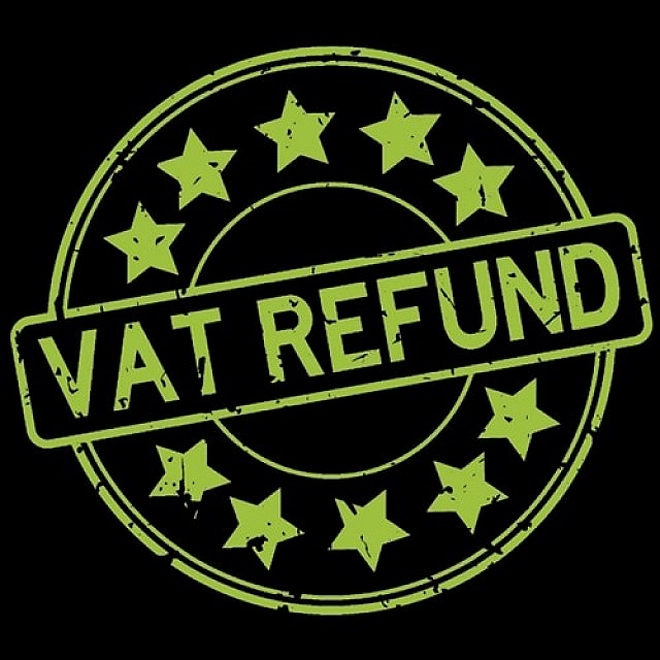Deloitte Intrastat guide 2024
The latest Intrastat filing requirements and procedures for all 27 EU member states and United Kingdom
A business engaged in international trade across the European Union may be subject to reporting requirements in addition to the requirements to file periodic VAT returns and/or European Sales Listings (ESL). Intrastat is a statistical declaration that must be submitted by certain traders, which measures the movement of goods between the EU member states. Although the Intrastat filingobligation is based on an EU Regulation, there are some differences in how the member states have implemented the rule. As a result, affected traders need to understand the rules for each member state.
Creation of Intrastat
When the EU was created in 1993 and the original member states became part of the EU Single Market, customs and border formalities were removed. The dismantling of customs clearances and controls within the EU meant it no longer was possible to obtain information about the movement of goods (i.e. dispatches and arrivals) between EU member states from customs documents.
To fill this gap, a statistical system—Intrastat—was developed to replace the customs declarations and collect information directly from traders about dispatches and arrivals of goods among the member states. Trade in services is not subject to Intrastat obligations.
Intrastat today
Businesses and private individuals that are registered for VAT purposes and that dispatch or receive goods are required to submit Intrastat declarations if the dispatches or the arrivals exceed the relevant threshold.
The Intrastat system is based on EU Regulation No. 638/2004 (EU Regulation), supplemented Commission Regulation (EC) No. 1982/2004, which implements the EU regulation. Since the main Intrastat rules are provided in the EU regulation—which is directly applicable in all EU member states—in theory, the rules should be uniformly applied in all member states. However, there are differences in implementation because some member states provide guidelines on how the general principles in the regulation should be applied in specific situations (e.g. commercial samples, return of goods, etc.).
These guidelines may produce different results for various situations in EU member states. Additionally, the authorities responsible for Intrastat reporting differ from country to country. Some member states delegate oversight of Intrastat to their tax or customs authorities, others to their statistics office and still others to their national bank.
Summary
Foreign trade statistics are collected in the EU through various sources:
- Extrastat system: This system records data on trade in goods with non-EU countries with the data based on customs documents; and
- Intrastat system: This system records data on trade in goods within the EU (intra-EU trade).



